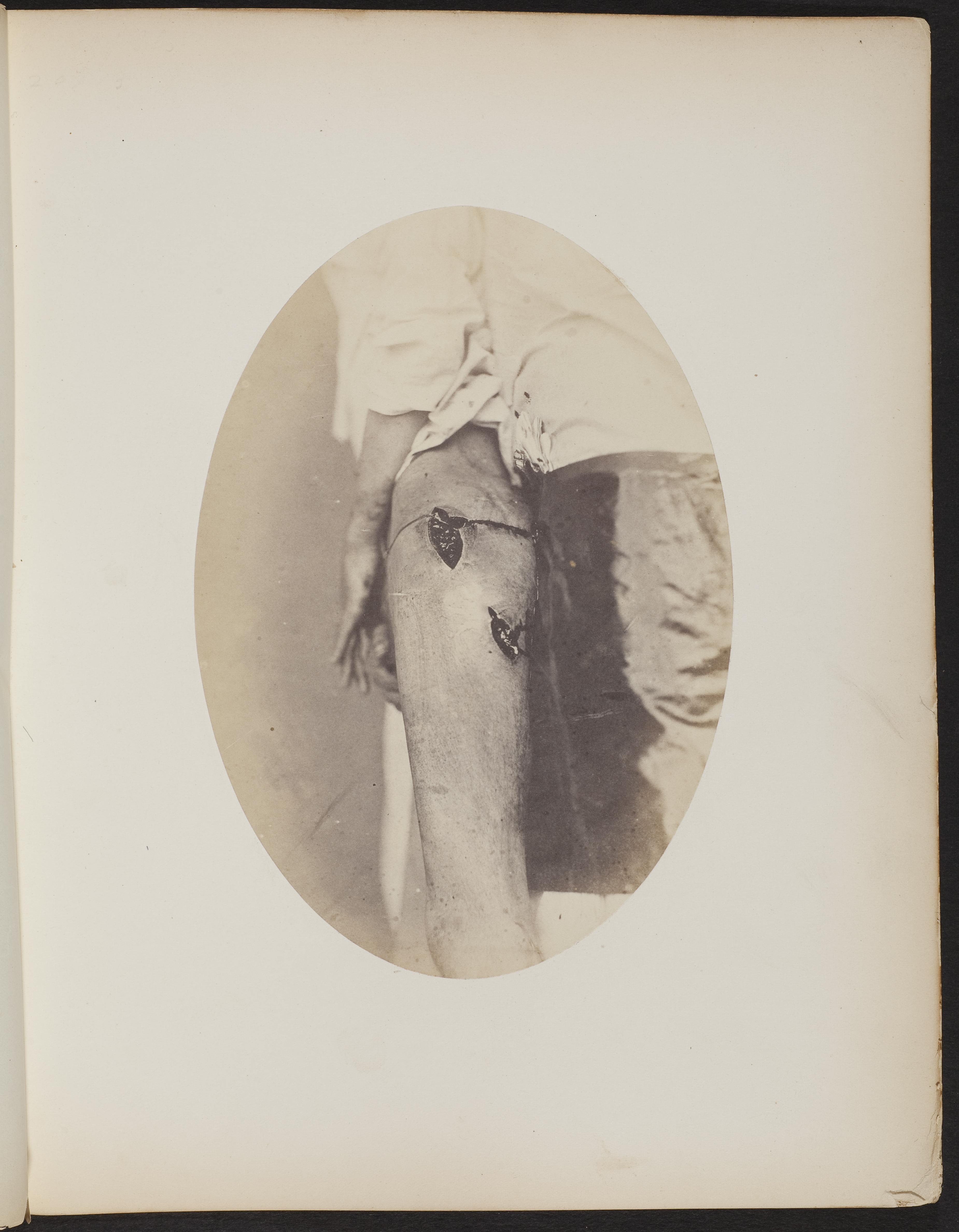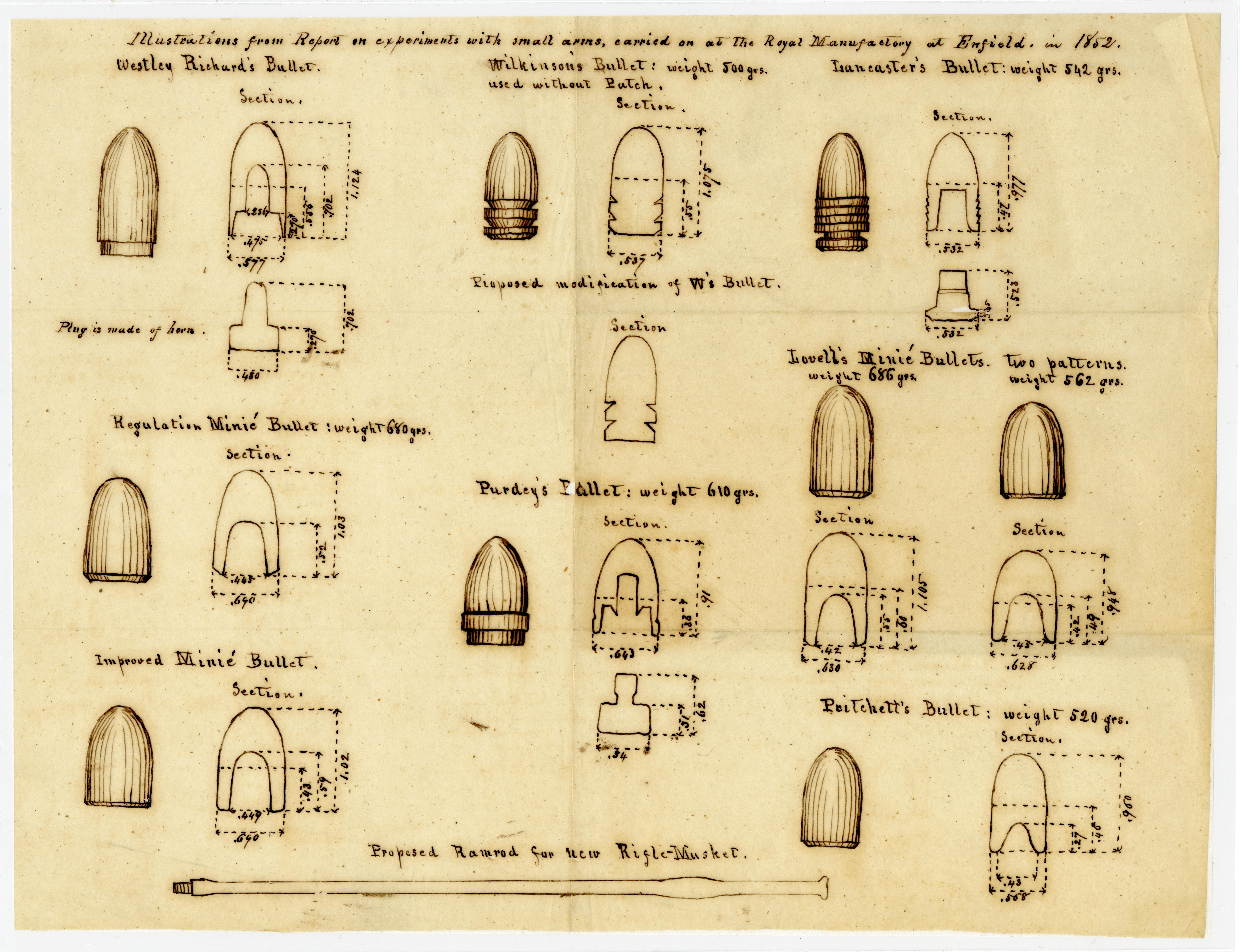Tracking bullets with modern visualization techniques
“Many of the varieties between one gun-shot wound and another, arise from the difference in the velocity of the body projected; and they are principally the following. If the velocity of the ball is small, then the mischief is less.”
-Sir John Hunter, “A Treatise on the Blood, Inflammation, and Gun-Shot Wounds,” 1794
Writers and commentators in the media often refer to guns as a single type of product. In fact, there are a wide range of firearms and ammunition sold in the United States today, representing a wide spectrum of lethality. Moreover, the design, construction and performance of firearms and ammunition today is dramatically different from in the past. Understanding the distinctions and historical evolution of arms and ammunition is essential to informing policy and program efforts to address and prevent firearm-related harm.
The damage that gun violence does all comes down to how bullets harm human tissue, a science known as wound ballistics. It’s a crucial specialty, but one that needs more attention.
We have embarked on a systematic, multidisciplinary study combining expertise from specialists who normally have not worked together — trauma surgeons, emergency physicians, military historians, historians of technology, firearm/toolmark examiners and biomechanical engineers — to investigate, develop and evaluate wound ballistics of small arms and bullet combinations that are in circulation in the United States today as well as a selection of firearms and bullet combinations from earlier periods.
A Colonial soldier with a flintlock musket could kill 43 people an hour; by World War I, that number had risen to nearly 500.
Context
Historically, efforts to study the changing characteristics of firearms and ammunition have been conducted primarily by military researchers. In the 1930s and 1940s, for example, the U.S. Army conducted experiments to explore the lethality of different calibers of bullets. In the 1960s, the Army commissioned a study of weapon effectiveness that sought to quantify the lethality of firearms throughout history. The designer of the study, Trevor Dupuy, was a decorated U.S. Army colonel, a noted military historian and a founding faculty member of Harvard University’s Defense Studies Program. In 1964, Dupuy developed the “Theoretical Lethality Index” (TLI), which calculated the lethal capacity of weapons across time. He defined lethality as “the destructive power of weapons”: “the ability to injure and if possible to kill people.”
The original purpose of the construct was to compare weapons to one another. A table Dupuy developed showed how many persons a soldier with a particular weapon could theoretically kill in one hour. The study demonstrated a significant increase in firearm lethality from the mid-19th century due to improvements in range, rate of fire, accuracy, reliability and the velocity of the bullets. According to the analysis, a Colonial soldier with an 18th century flintlock musket could kill 43 people in an hour, while a soldier in the Civil War era using a rifle with the Minié ball could kill 102 people. The introduction of breech loading rifles, metal cartridges and magazines meant that a soldier with a Springfield Model 1903 rifle theoretically could kill 495 people per hour, representing more than a tenfold increase over the 18th century musket.
Studies like this one didn’t just try to explain which weapons were deadliest; they sought to understand what individual variables made some weapons more lethal than others.
Some of this is about firearm design — some guns can fire bullets at a higher velocity, or more bullets per minute, than others — but much of it comes down to the ammunition itself.
These are interrelated. Bullets damage the intended target by transferring kinetic energy to tissues and organs upon penetration. Damage and disruption to those tissues and organs is caused by the direct impact of the bullet (known as the permanent cavity) and the indirect impact of the temporary cavity, which expands radially from the permanent cavity. One can think of the permanent cavity as being the bullet “hole” and the energy outward ripple forms the temporary cavity.

Bullet speed is a crucial component of its wounding potential. Following a basic formula from physics: Kinetic Energy (KE) equals 1/2 mass times velocity squared, this means that as the mass of the bullet changes, the effect is proportional, but as velocity changes, its effects are exponential. Today some bullets exceed a speed of 2,600 feet per second — making them among the fastest objects propelled in modern society with their resulting KE and wounding potential.
The structure of bullets is a significant variable too. Over time, bullets have changed in shape and other characteristics that changed the speed at which they can travel and the way that they behave in the body on impact and penetration.
The original lead spheres that were used in 18th century muskets were replaced in the 19th century by new forms of bullets and cartridges. The Minié ball, a bullet designed in the mid-1840s by Claude-Étienne Minié for muzzle-loaded, rifled muskets, could be loaded into the muzzle of a rifled barrel, significantly increasing the range, velocity and lethality of the musket. Compared to the 1700s and lead spheres to modern day bullets (such as the 5.56 NATO), we see a greater than ninefold increase in the kinetic energy delivered by the projectile and the rifle it carries.

Finally, lethality is influenced by the way bullets are carried in firearms. From the late 19th into the early 20th century, cartridges (typically a brass casing that includes a primer, gunpowder and a bullet) were advanced to their present-day configuration, not only resulting in greater velocities but also permitting the cartridge to be loaded in the breech of the barrel, allowing more bullets to be released per minute.
Our project
We are currently involved in a state-of-the-art investigation to describe and quantify the permanent and temporary cavity formations in human tissue and the kinetic energy release in order to categorize a cross-section of current and historical firearms and ammunition by their wounding and lethality potential. One aim is to establish a common vocabulary and a shared metric for quantifying the lethality of firearms and bullets.
To do this, we are applying cutting-edge technology to measure the wound ballistics of several different bullets from a range of historical and contemporary handguns and rifles. Our project uses high-resolution video to show the wounding potential of a range of bullets by measuring velocity and energy once the bullet has been fired. High-speed photography and advanced techniques such as laser visualization have been developed to study bullet trajectories in greater detail, including analysis of ricochet and other impacts. Using new visualization technologies, we are examining wound ballistics across a spectrum of bullets and firearms and calculating kinetic energy metrics with the high-resolution video technology, further characterizing and quantifying the wounding potential of bullets.
There have been few scientific studies that have systematically and prospectively examined the clinical effects of a bullet on the human body using rigorous, state-of-the-art laboratory methods. We are not aware of studies that describe the different outcomes of the bullet’s ballistics trauma on the bodies of, for example, young children versus mature adults. One study by Anthony Braga and Philip Cook suggested that if homicide events were conducted with lower-caliber handguns, there would be a nearly 40% reduction in homicides. Our preliminary investigations demonstrate a fivefold difference in the KE delivered by a .25-caliber handgun bullet (low caliber) versus a .40-caliber handgun bullet.
Clinicians who care for patients injured by bullets should understand the relationship of bullet mass and velocity to wound severity and outcomes and surgical care. This information is also valuable for policymakers, who can take this science-driven information into account when categorizing the technological changes in firearms and the bullets they carry.
Bullet and firearm designs and technologies have changed considerably since the 1700s, and the changes have been followed closely by those in the military, hunting and sporting communities. The implications for civil society have been largely underresearched and are not fully understood. We should begin to have public policy discussions informed by what science is beginning to tell us about these changes.